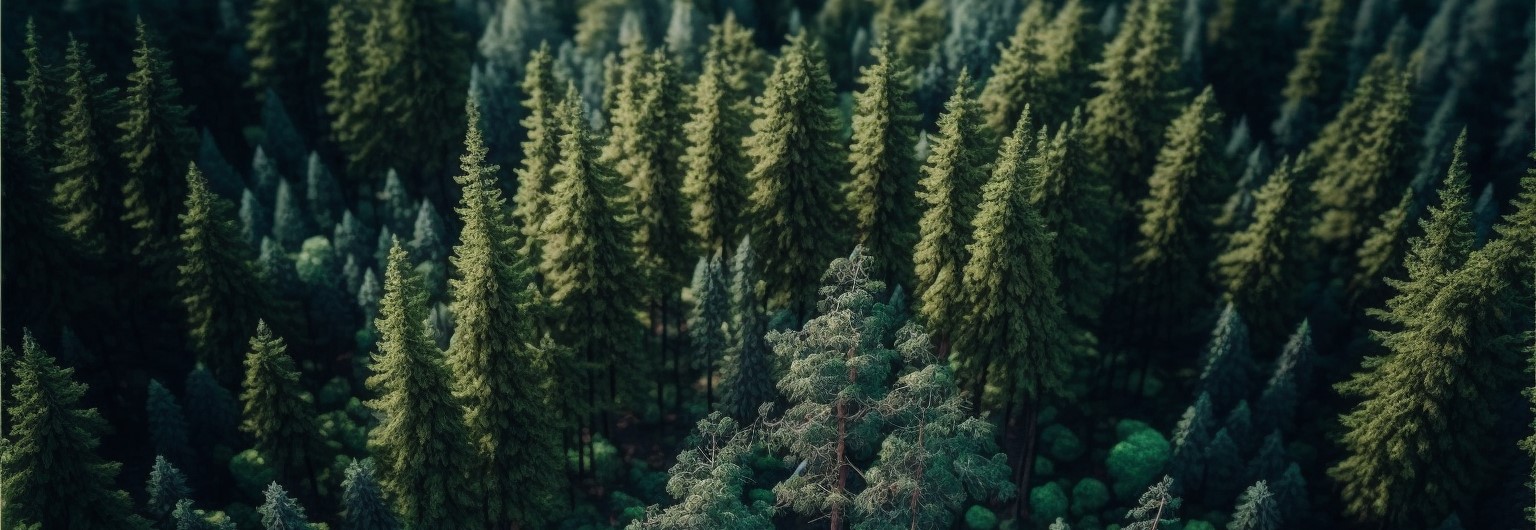Bolmor Forests
The Bolmor forests are a great collection of woods and forests north of Weldmere on the continent of Sammerden. The forests run approximately 1,000 miles across the breadth of Sammerden esat-west, with their eastern edge in the Bare Mountains next to Lake Faemor (the traditional birthplace of the Bolmor, according to legend), and their western extent touching the edge of the Western Sea (and the treeline carrying on to several small islands, and notably much of the island of Zoenaald. At their widest, the forests are no more than 300 miles north-south, between the River Bo and the Tetran mountain ranges.
Geography
The forests run through a broad plain between the Tetran mountain ranges, and are interspersed with numerous streams and rivers pouring down from the mountains - feeding either into the river Bo at the southern edge of the forests, or directly into the Western Sea.
Though many non-Bolmor may see it as a densely impenetrable mass of trees, the forests are really divided into distinct groups - both by natural and Bolmor-made clearings. Aside from the countless small glades and clearing which Bolmor have gathered around for millennia, there are five main bodies of forest:
- East Forest, nearest the Bare Mountains and Lake Faemor, bounded by the New Tetran Road
- Blue Forest, between the New and Old Tetran Roads, against the Blue Mountains
- Solee Forest, the forest north of the Great Road, against the Golek Mountains
- Bolee Forest, the forest south of the Great Road, bounded by the Bo river
- Bahgee Forest, west of the Imperial Road and bounded by the sea, the river Bo, and the western Golek Mountains
Climate
The climate through the forests is temperate and wet - but in general colder and wetter in the north and east. While the Bolmor divide their forests by the roads, climactically, there are four distinct zones.
The south zone, covering everything within 60 miles of the river Bo and almost all of the Bahgee Forest sees less precipitation than average, but the soil is more fertile and the temperatures warmer. This causes much thicker trees, and varieties such as willow to be much more prevalent
The central zone - clustered around Great Road - is the more traditional conception of the Bolmor forests. Large numbers of trees growing tall rather than thick, primarily oaks, redwoods, hawthorns, rowans, and ashes.
The east zone - within 50 miles of the Bare Mountains - is cooler and wetter than the central zone, with trees thinner and slightly less dense. However, it is also abundant in fruits, with the main trees being birches, beeches, poplars, maples, and plums.
The north zone - within 50 miles of the Tetran Mountain (though not near the sea) - is the coolest, but wettest zone. Trees are thinner than in the central zone, but just as densely packed. Oaks are joined by birches, beeches, linden, pines, redwoods, and occasional elms.
Alternative Name(s)
The Great Forest; The Home Forest
Type
Forest, Temperate (Seasonal)
Related Tradition (Primary)
Inhabiting Species


Comments